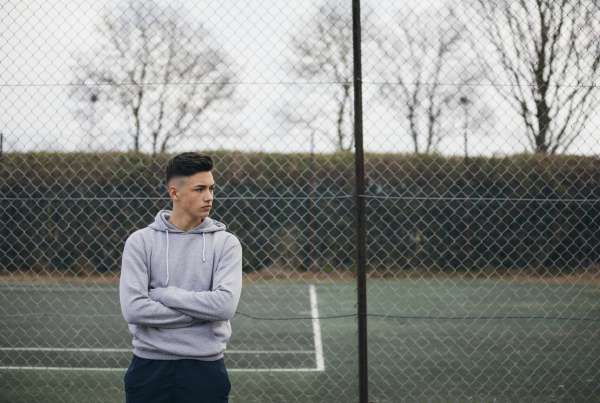Bipolar disorder isn’t soley an issue for the adult population—it affects children and teens as well.
Bipolar disorder is a mental illness categorized by its behavioral and mental extremes. Often called “manic depression,” this illness is clearly defined by its moods. Typically recognized as the manic stage, the sufferer may be elated or intensely “up,” even hyper. The flip side of this is the depressive stage, identified by its extreme lows, deep sadness, physical ailments, and for some, suicidal ideation.
According to NIMH, several factors may contribute to this mental illness:
- Genes, because the illness runs in families. Children with a parent or sibling with bipolar disorder are more likely to get the illness than other children.
- Abnormal brain structure and brain function.
- Anxiety disorders. Children with anxiety disorders are more likely to develop bipolar disorder.
Since the causes aren’t concretely defined, scientists continue to do research, seeking more definitive answers in hopes of finding viable solutions, including a possible means of prevention.
These mood episodes can last a week or even two and are heavy in their intensity. NIMHhas provided a listof symptoms from the two phases of bipolar disorder. Keep in mind, these symptoms are determined by their intensity and are not to be confused with the natural ups and downs of childhood emotional development.
Children and teens having a manic episode may:
- Feel very happy or act silly in a way that’s unusual
- Have a very short temper
- Talk really fast about a lot of different things
- Have trouble sleeping but not feel tired
- Have trouble staying focused
- Talk and think about sex more often
- Do risky things.
Children and teens having a depressive episode may:
- Feel very sad
- Complain about pain a lot, like stomachaches and headaches
- Sleep too little or too much
- Feel guilty and worthless
- Eat too little or too much
- Have little energy and no interest in fun activities
- Think about death or suicide.
Bipolar disorder is difficult to diagnose in children because symptoms often mirror other issues, for example: ADHD, conduct disorder, or alcohol and drug abuse issues. Bipolar disorder can, however, occur alongside these other issues, so it’s important to see a professional skilled in recognizing the affectations of various mental health disorders. Treatment for bipolar disorder requires the use of medication, but because the effectiveness in children isn’t as well researched, it’s wise to take note that children may respond differently to medications than adults. NIMH recommends children and adolescents take the “fewest number and smallest amounts of medication possible to help their symptoms,” additionally noting the danger in stopping any medication without the advice of a physician.
Please see below for links to additional information (note, I also used some of these as reference for this article.)







